Acumatica participates in a variety of events throughout the year for you and your organization to learn valuable information on how to capitalize on your investment in doing business better in the Cloud.
Events and Webinars
Upcoming events & webinars

Take the first step toward making your business future-ready.
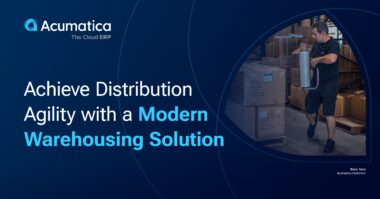
Learn how Acumatica can help streamline your distribution processes, enhance efficiency, and support business growth.

Secure your spot and take the first step towards a more agile and insightful financial future with Acumatica.
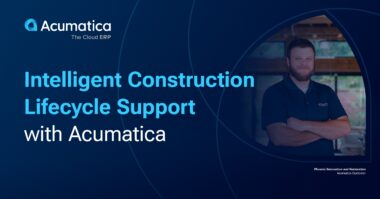
Discover how Acumatica Construction Edition empowers small and midsized construction companies to streamline operations and improve project outcomes.
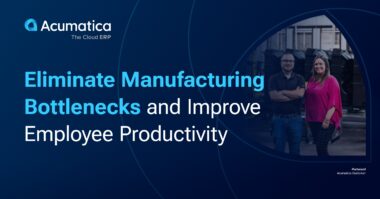
Learn how Acumatica can help streamline your manufacturing processes, enhance efficiency, and support business growth.
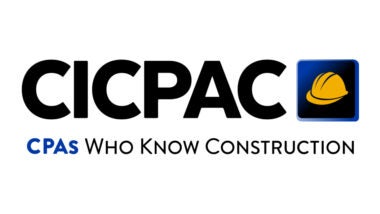
CICPAC event is focused on offering the highest level of construction accounting education. Acumatica is excited to be a Silver sponsor again and we look forward to see you there.
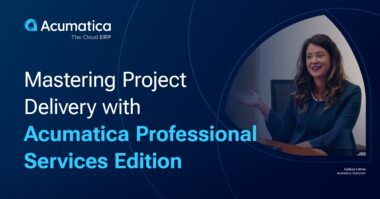
See how Acumatica Professional Services Edition is built to help small and midsized project-centric firms win projects, streamline workflows, controls costs, and turn satisfied customers into returning clients.
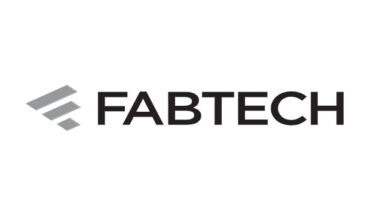
FabTech Expo is North America’s largest metail forming, fabricating, welding and finishing event. Acumatica is proud to be exhibiting and we look forward to seeing you there.
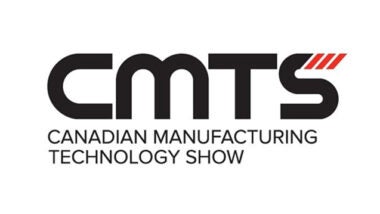
CMTS 2025 is Canada’s national stage for manufacturing innovation. Acumatica is proud to be exhibiting and we look forward to seeing you there.
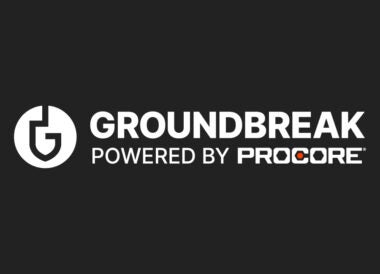
PROCORE Groundbreak brings together global leaders and industry experts who are setting a new standard for construction. Acumatica is proud to be exhibiting and we look forward to seeing you there.

Advanced Design & Manufacturing Toronto brings together design, automation, packaging, plastics, processing, and EV technology. Acumatica is proud to be exhibiting and we look forward to seeing you there.
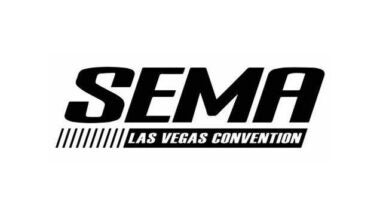
SEMA Show 2025 is a premier automotive specialty products trade event. Acumatica and PC Bennett are proud to be joint sponsors, and we look forward to seeing you there.
Recent events

Secure your spot and take the first step towards a more agile and insightful financial future with Acumatica.
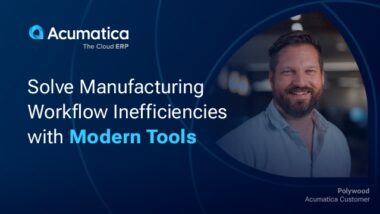
Learn how Acumatica can help streamline your manufacturing processes, enhance efficiency, and support business growth.

See how Acumatica Professional Services Edition is built to help small and midsized project-centric firms win projects, streamline workflows, controls costs, and turn satisfied customers into returning clients.
 Canada (English)
Canada (English)
 Columbia
Columbia
 Caribbean and Puerto Rico
Caribbean and Puerto Rico
 Ecuador
Ecuador
 India
India
 Indonesia
Indonesia
 Ireland
Ireland
 Malasya
Malasya
 Mexico
Mexico
 Panama
Panama
 Peru
Peru
 Philippines
Philippines
 Singapore
Singapore
 South Africa
South Africa
 Sri-Lanka
Sri-Lanka
 Thailand
Thailand
 United Kingdom
United Kingdom
 United States
United States